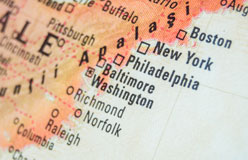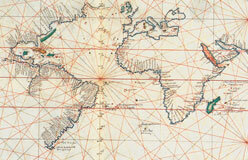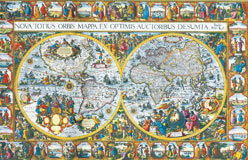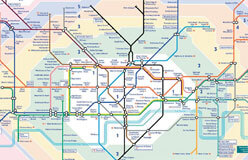When you’re tired of day-to-day life and looking for an escape, it’s always fun to browse through an atlas. That’s a collection of maps.
Maps can take you on flights of fancy all over the world—and even out of it. Of course, most people use maps to help them get from one place to another. But maps are also spurs to the imagination, suggesting where you could go, might go, will go—someday! Maps also give us glimpses into the past by showing us what people understood about the world at various points in history.
A map is a special kind of picture that shows the spatial relationships between different places. No map can include all information. Therefore, each map is a selected representation of reality. A map may be quickly drawn on the back of an envelope to show how to get somewhere, or it may be painstakingly inscribed on parchment as a work of art.
Mapmaking, or cartography, is both a science and an art, because people expect maps to be pretty but also accurate. Let’s take a look at some maps and travel to a few new places!
Over the centuries, cartographers (mapmakers) have developed certain methods for making maps more understandable. Here are some of them. ▼
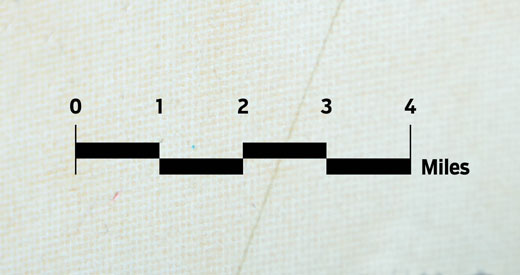
◀ Scale
Scale is the ratio of a map’s size to ground distance. On pretty much any map, a small distance represents a larger distance in the real world.
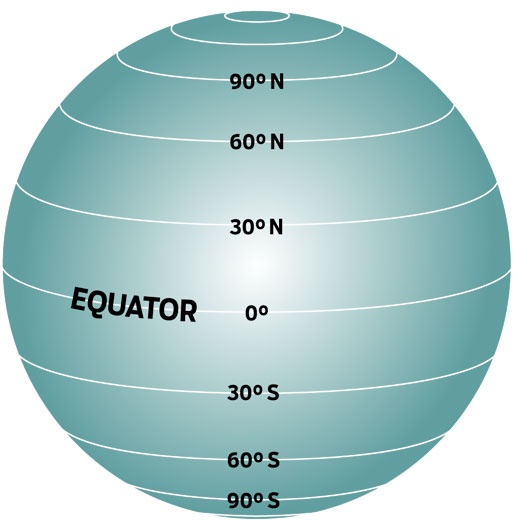
▲ Latitude
Latitude is measured in degrees north or south of the equator, the imaginary line around the center of the Earth. There are 90° of north latitude and 90° of south latitude.

▲ Longitude
Longitude is the angular distance east or west of the prime meridian, an imaginary line running north–south through Greenwich, England. The prime meridian is 0°.
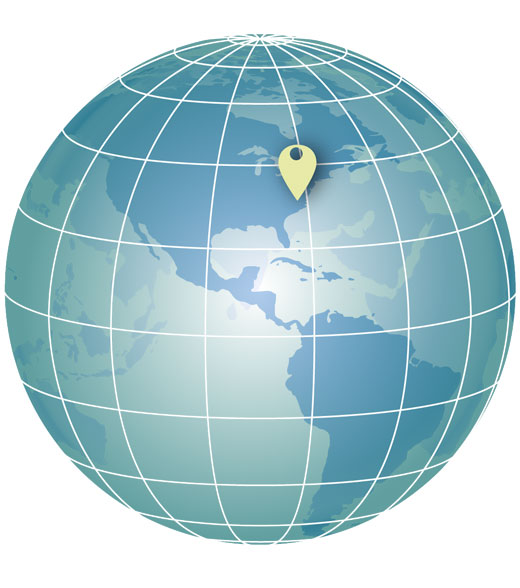
▲ Coordinates
Each degree of latitude and longitude is divided into 60 minutes (60'). Each minute is divided into 60 seconds (60"). The numbers that refer to a place’s latitude and longitude are called its coordinates. For example, the coordinates of Washington, D.C., are latitude 38° 54' 2" N and longitude 77° 00' 34" W.
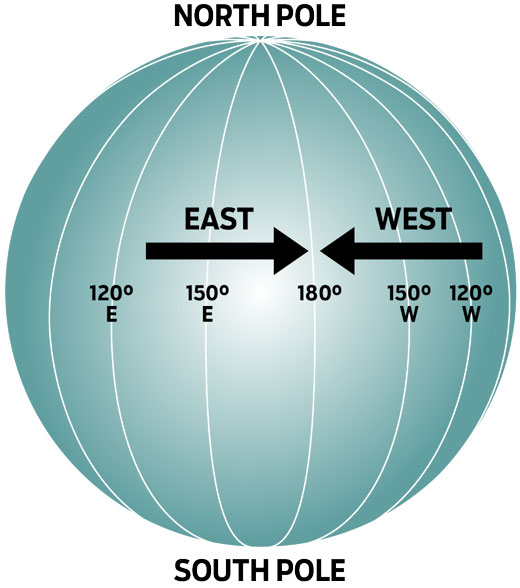
▲ Date Line
The international date line is an imaginary line running north–south through the Pacific Ocean, mostly along the 180th meridian. It’s on the other side of the world from the prime meridian. Thus, there are 180 degrees of west longitude and 180 degrees of east longitude.
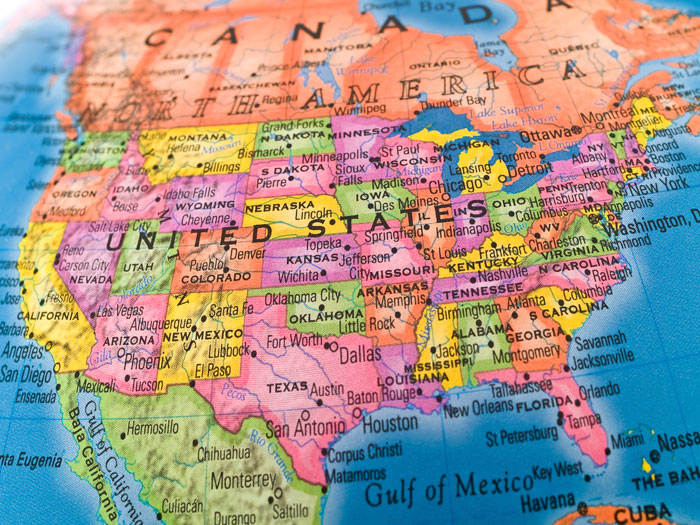
▲ Legend
Maps use symbols to represent information. Cities are usually indicated by a dot, for example.
